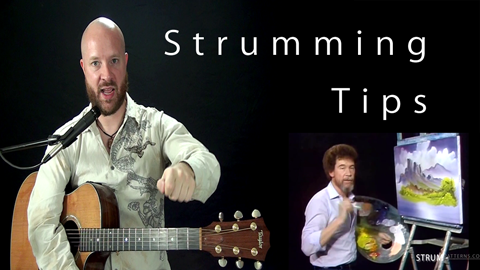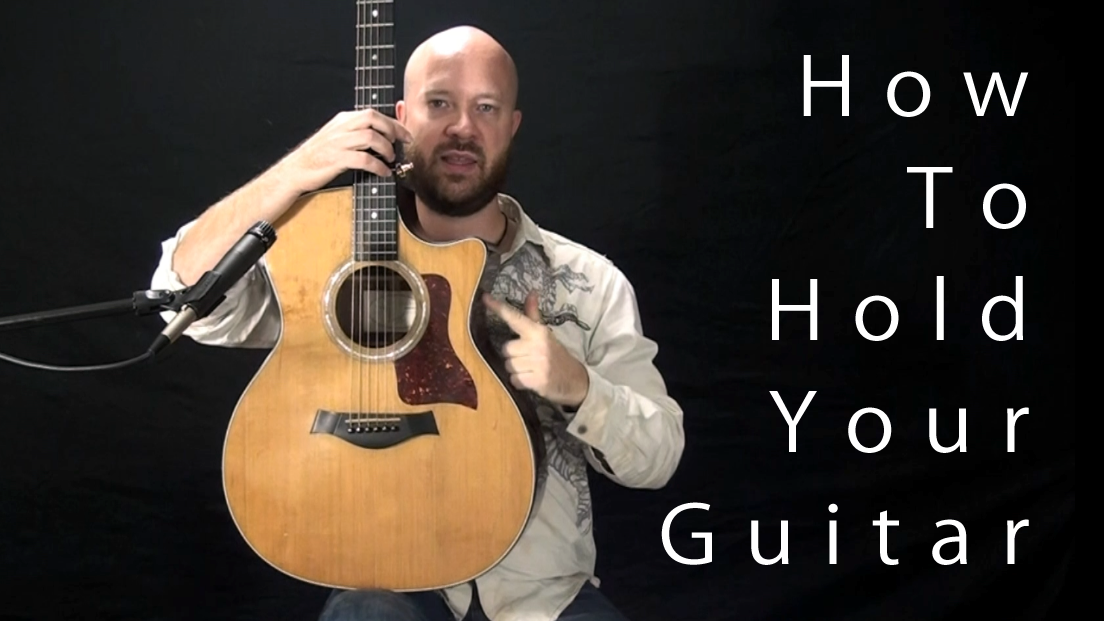Rhythm Primer (part 12): Time Signatures pt1
Until now all the measures you've played have had four beats to them. But, measures can have more or less beats in it than four. Today you're going to do things a little differently as you
learn about time signatures. Simply put time signatures tell you how many beats you group in a measure
and what kind of note gets that beat. Time signatures are written like a fraction but they don't have a line between.
The top
number tells how many beats are in each measure. We'll cover what the bottom number means in a little bit. A song usually
stays in the same time signature for the whole song. But, it can change. The time signature is placed at the very beginning of
the song just after the clef sign and key signatures (which are part of melody and aren't important to rhythm). It is only written
once in the song unless you decide to change time signatures in the middle of the song. Then, that new time signature stays in
effect until you put in another one and so on. In other words, you only need to put a time signature in once, unless you change
it somewhere in the song.
It is only written
once in the song unless you decide to change time signatures in the middle of the song. Then, that new time signature stays in
effect until you put in another one and so on. In other words, you only need to put a time signature in once, unless you change
it somewhere in the song.
So why would you want to use different meters (meter is another way of saying time signature)? If you are in 4/4, then each measure gets four beats and beats 1 and 3 are stronger (called downbeats) than the weaker beats 2 and 4 (called offbeats). So you would say ONE two THREE four , placing an emphasis on the ONE and THREE. In 3/4 you would have three beats per measure and only beat 1 would be emphasized. So you would count a measure of 3/4 like this: ONE two three. If you say this over and over you might find yourself bobbing back and forth like listening to the oom-pah-pah of an old circus calliope, or the lilt of a waltz. Just like in 4/4 (or any other meter), a measure of 3/4 can be made up of any number of notes, as long as the total number of beats adds up to 3.
The main reason we use different time signatures is to let the performer know where the accents are falling. Are you accenting every third beat or every two? In fact, if you were just comfortable with 4/4 and 3/4 you would be able to play most of popular music today. Songs can be written so that you have an accent every 5 notes (and would therefore be 5/4). You could almost choose any number for the top number of the time signature you wanted. But very large numbers would start to lose meaning because most likely a large number would start to fall into smaller groups of beats. So why not count by that smaller number instead? Also, I've never seen a piece of music with a 1 for the top number simply because that would mean there would be no regular accent. It would be like counting, ONE ONE ONE ONE ONE... or one one one one one.
The most common time signatures in rock, country or any popular music you'd hear on the radio today are 4/4, 3/4, and 6/8. If you know those three, then you will be able to play almost any song you'd like. So, if this is at all confusing, just understand that the top number in the time signature is how many beats are in each measure.
Like I've mentioned before 4/4 is extremely common, probably  used in more songs than all the other time signatures combined. In
fact it is so common it has received it's own time signature which is basically a big "C." I don't know why they started doing
that except maybe they were lazy. Just be aware of it in case you see it sometime.
used in more songs than all the other time signatures combined. In
fact it is so common it has received it's own time signature which is basically a big "C." I don't know why they started doing
that except maybe they were lazy. Just be aware of it in case you see it sometime.
I'm sure you've be asking yourself, "what is that curious little bottom number for?" I'm glad you asked. The bottom number tells us what kind of note is getting the beat. In the past we have had a four as the bottom number, which means a quarter note is the note representing a single beat. You could make the bottom number an eight which would mean that an eighth note was now worth one beat (instead of half of one), a quarter is worth two beats, a half note worth four beats and so on. Usually you will only see four, eight, or sometimes two as the bottom numbers. However, you could also see 16, 32, 64 and so on, though it's very rare.
When you change the bottom number from four, quarter notes no longer are worth one beat. But, the relationship between the notes stays the same. So one quarter note is worth two eighth notes. A half note worth two quarters, and a whole worth two halves.
In the next lesson we will look some more at time signatures and listen to some examples.
Click here to go to the next lesson: Time Signatures (part2)
Back to rhythm primer start page
Questions about this Tutorial? Ask about it here.









